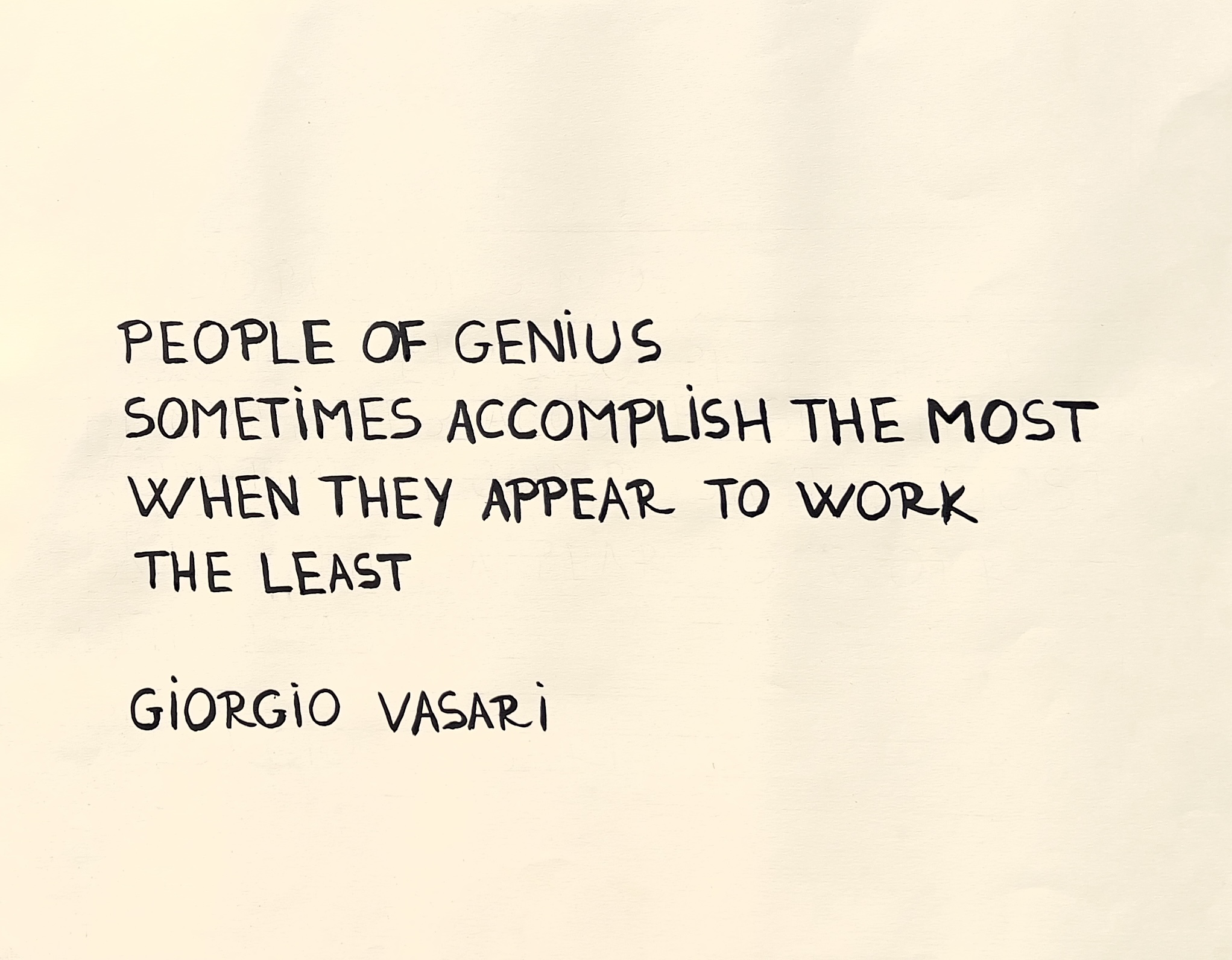
The Creative Process Behind my Homepage Redesign
When I began redesigning my homepage, I wasn’t just after a visual update—I wanted something that better embodied my minimalist aesthetic and conceptual way of thinking. The previous black-and-white mountain peak image, generously shared by a friend and talented photographer, had served the site well. But over time, I felt the aesthetic no longer aligned with the lighter, more abstract tone I was aiming for.
The homepage animation
At the heart of this new design was one element I knew I wanted to preserve and emphasise: my tagline, “Mastering the Unknown”. Text plays a central role in my work, and I wanted the tagline not only to remain prominent, but also to come alive and set the tone for what follows.
This led me to consider what the digital format could offer that an analogue image couldn’t. The answer was movement. More specifically, animated text. I initially explored a typewriter-style effect—revealing the tagline letter by letter—but quickly realised it didn’t pair well with my chosen font, Futura. Because it isn’t monospaced (where each letter takes up equal space), the animation created awkward spacing and disrupted the visual flow. I decided to explore alternatives.
Eventually, I settled on a smoother, more intentional approach: each word of the tagline rises into view, syllable by syllable, finishing with a subtle fade-in The motion was meant to suggest emergence, evolution, and clarity. To support the text, I used a rectangular purple block with a semi-transparent background. I wanted it to look less like a solid screen and more like a beam of light or projected image—something alive rather than a static block. Below the tagline, my name appears like a quick signature with a slight glow.
Two Perspectives on Creativity
The process behind this redesign unfolded mostly in my head. I didn’t create wireframes or mockups. Instead, I shaped the concept gradually, taking notes and refining the idea until it felt complete. It reminded me of a quote I saw in May at Romanian Creative Week in Iași, attributed to Renaissance art historian Giorgio Vasari:
“People of genius sometimes accomplish the most when they appear to work the least, for they invent and form in their minds the perfect idea, which they later express with their hands.”
I’m not claiming genius, but I do recognize this way of working—refining a concept internally until it becomes so clear that execution feels almost effortless. This approach has served me well, especially when collaborating with others or navigating time and resource constraints, where repeated rework isn’t always possible.
That said, I’ve also encountered a very different view, from Maurice Merleau-Ponty’s Sense and Non-Sense:
“Conception cannot precede execution.”
It’s a compelling counterpoint, suggesting that ideas emerge only through the act of making. I’ve found value in this too, particularly when sketching, writing, or experimenting alone. It invites spontaneity and can lead to surprising discoveries.
At first glance, these two perspectives seem contradictory. But I’ve come to see them as complementary. Each has its place:
- The Vasari approach—developing clarity before taking action—is especially useful for strategic design, branding, and collaborative work within structured or technically constrained formats (like websites).
- The Merleau-Ponty approach—discovering ideas through doing—can be invaluable when I’m stuck, overthinking, or exploring open-ended creative directions.
The key is knowing when to pause and think things through—and when to start making and let the process reveal the answer.
This homepage redesign was for me more than just a design refresh. It became a reflection of how I approach creative work—and how I navigate the space between vision and exploration. In its own quiet way, it was another small step in mastering the unknown.
Featured image: ink-on-paper rendering of the quote — Ana M Pop, Kufstein, August 2025







Leave a Reply